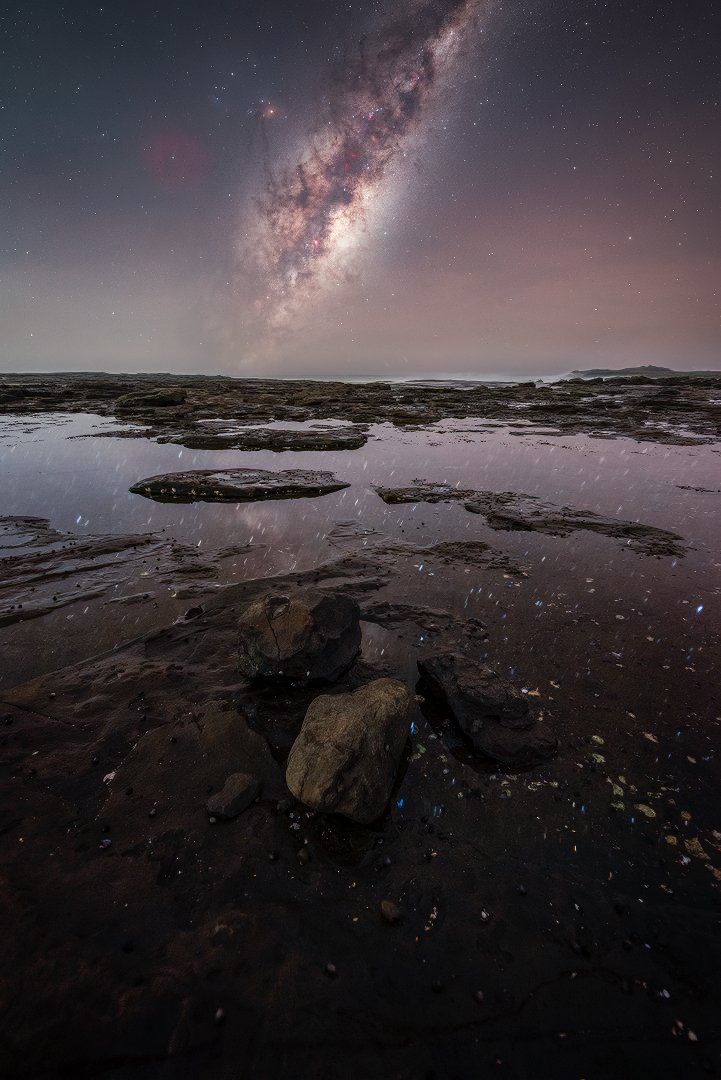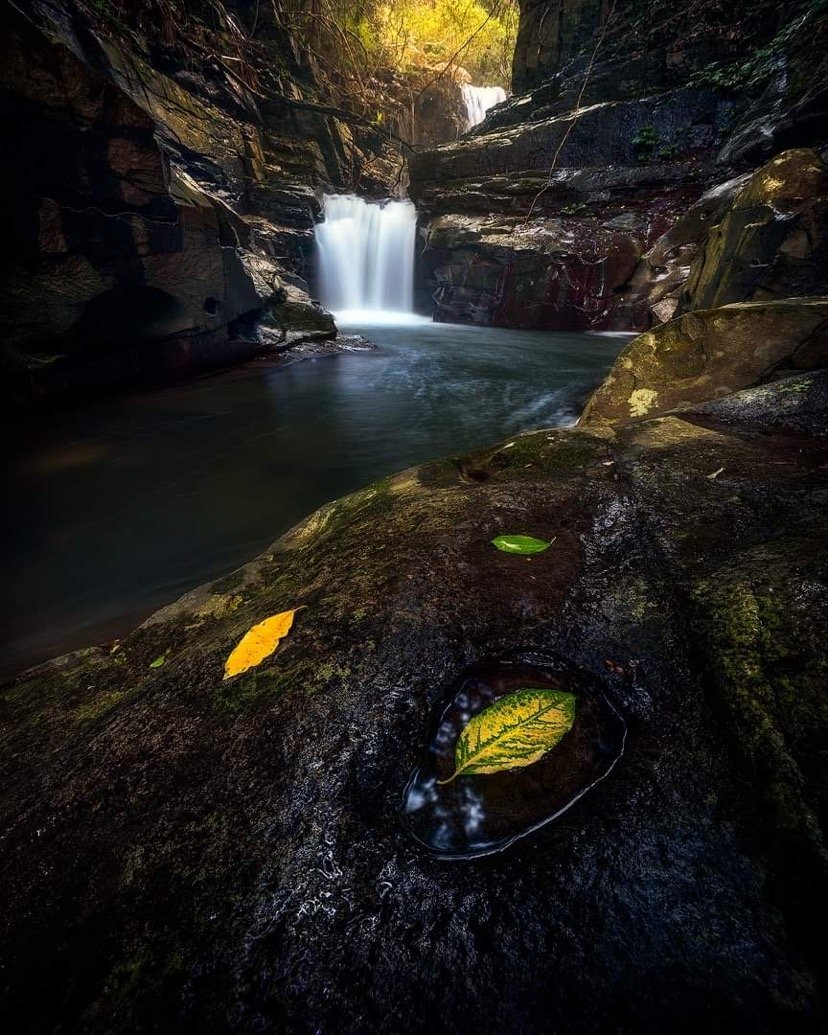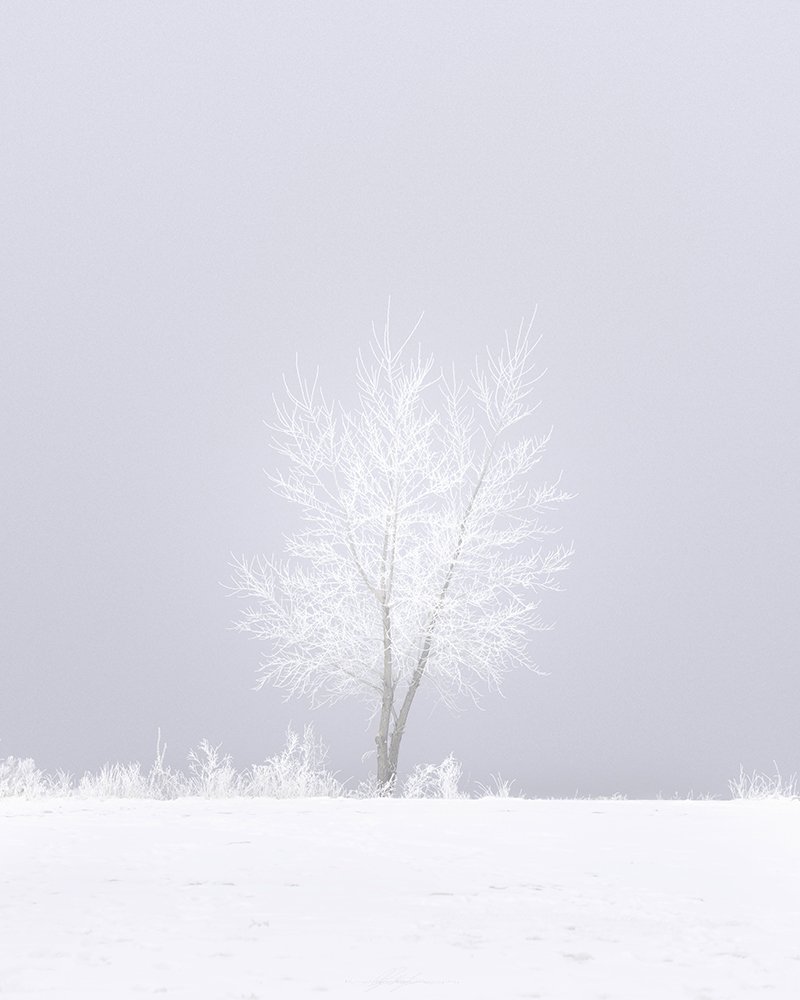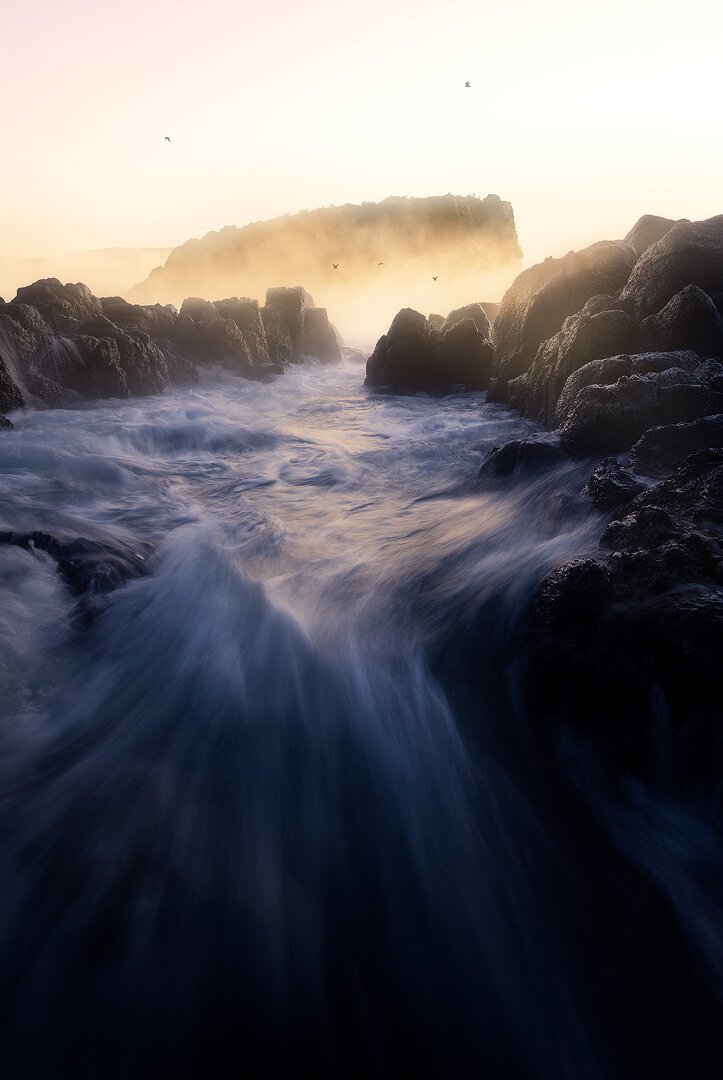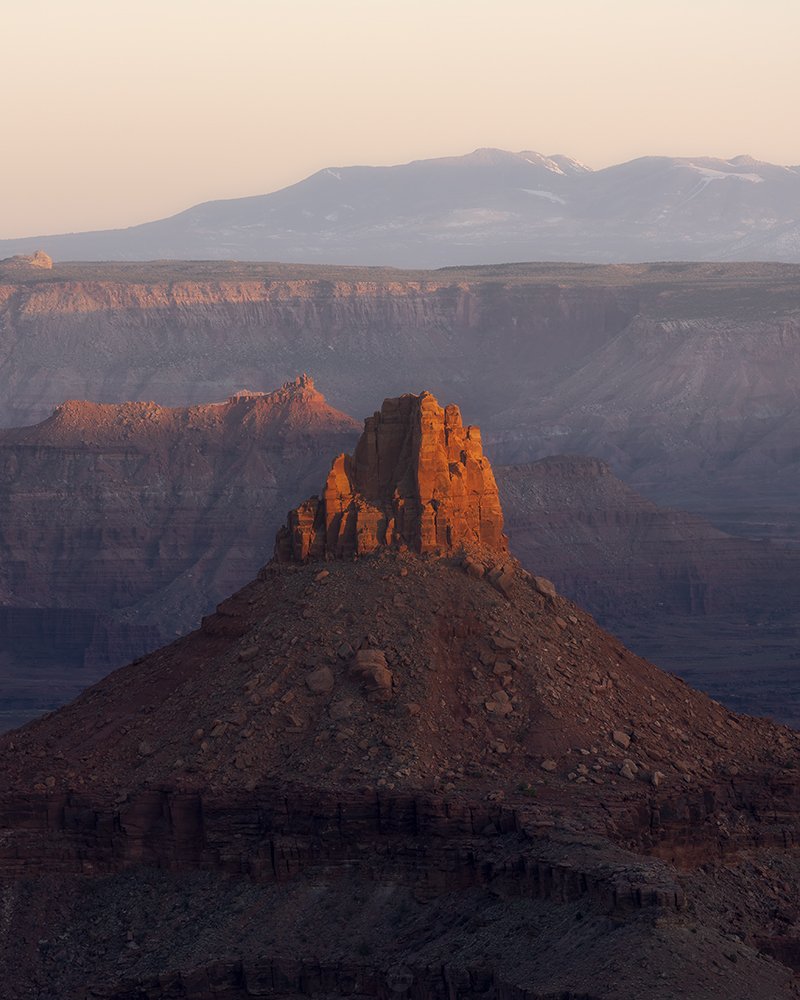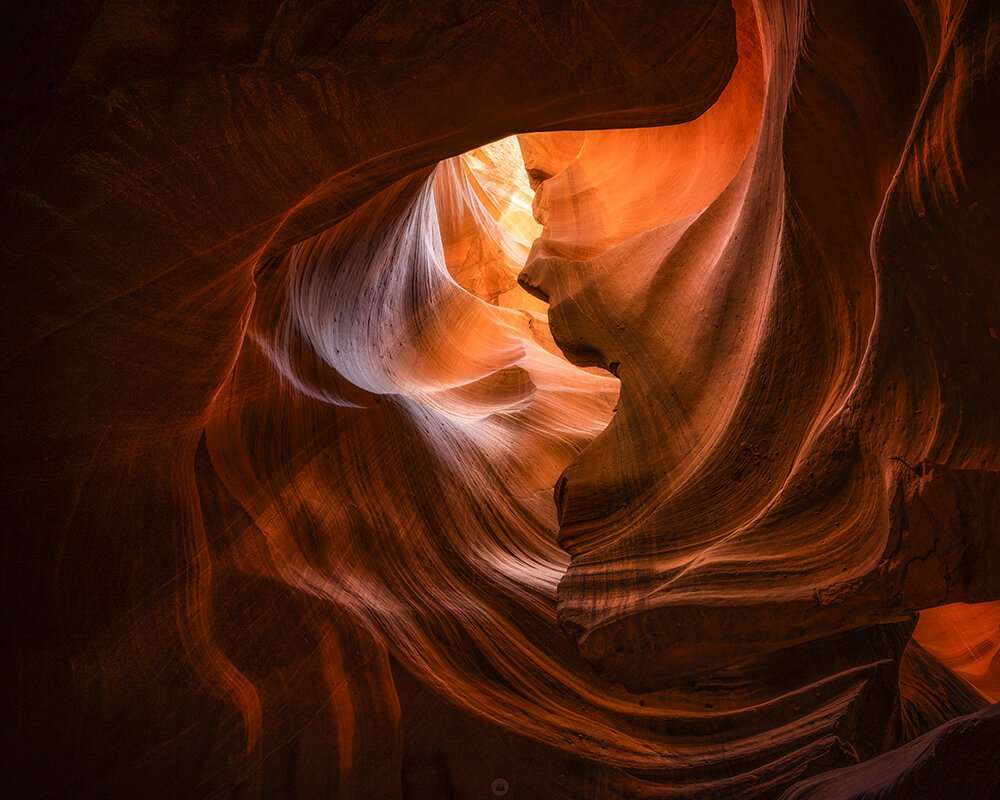What It Means to Be a Certified Professional Photographer (CCP)
If you’ve been browsing photography services, you might have seen the phrase “Certified Professional Photographer” (CCP) and wondered what it actually means. I’m excited to share that I’ve earned my CCP accreditation through the Professional Photographers’ Association of Queensland (PPAQ)—and I’d love to explain why this is a big deal, both for me and for you!
1. What Is a CCP?
A CCP is a formal credential granted by the PPAQ to photographers who meet rigorous professional standards. That includes:
Demonstrating consistent technical skill and artistic quality across a portfolio.
Passing a review (often including a written component or practical evaluation) focused on photography principles and best practices.
Committing to ongoing professional development and ethical standards.
The end goal? Raising the bar for professional photography so that clients—like you—can book with confidence.
2. The Journey to Certification
Earning a CCP is not a casual checkbox. For me, the process involved:
Portfolio Submission: I selected a cross-section of my work showcasing technical accuracy (exposure, composition, lighting) and creativity.
Peer Assessment: Experienced professionals evaluated my submissions. Their feedback pushed me to refine my craft and maintain consistent, high-quality results.
Continued Education: CCP status isn’t “one and done.” I’ll be completing ongoing training to remain up-to-date with new techniques, technologies, and standards.
It was challenging, exciting, and incredibly rewarding. I came out of it a better photographer—and that’s something you’ll notice in every photo I deliver.
3. Why It Matters for You
A Certified Photographer has proven skills and a commitment to quality. Here’s what that means in practical terms:
Reliability & Consistency: You can expect professional results across all your photos, from family portraits to big events.
Attention to Detail: I don’t just “click and hope.” Techniques like lighting, posing, and post-processing follow proven standards.
Ethical Standards: As part of my certification, I’ve also pledged to follow industry best practices and maintain high professional ethics.
Ongoing Improvement: Through continued education and workshops, I’m always learning new ways to create stunning, timeless images for my clients.
4. Elevating Your Photography Experience
Having a CCP behind my name isn’t just about professional pride—it’s about giving you the best possible photography experience. Whether you’re booking me for a wedding, a portrait session, or a commercial project, I want you to feel confident knowing you’ve hired someone recognized for expertise and integrity.
5. Let’s Capture Your Story
Photographs are more than just pictures on a screen or prints on a wall; they’re the stories you’ll revisit and share for years to come. My goal as a CCP is to preserve these special moments in a way that truly reflects you—your personality, your passion, your brand, your family.
If you have any questions about my certification or want to chat about your upcoming photography needs, feel free to reach out! I’m here to help you capture life’s important milestones with professionalism, creativity, and the expertise that comes from being a Certified Professional Photographer (CCP).
Thank you for reading! Stay tuned for more updates, behind-the-scenes looks at my work, and helpful photography tips right here on the blog.


















